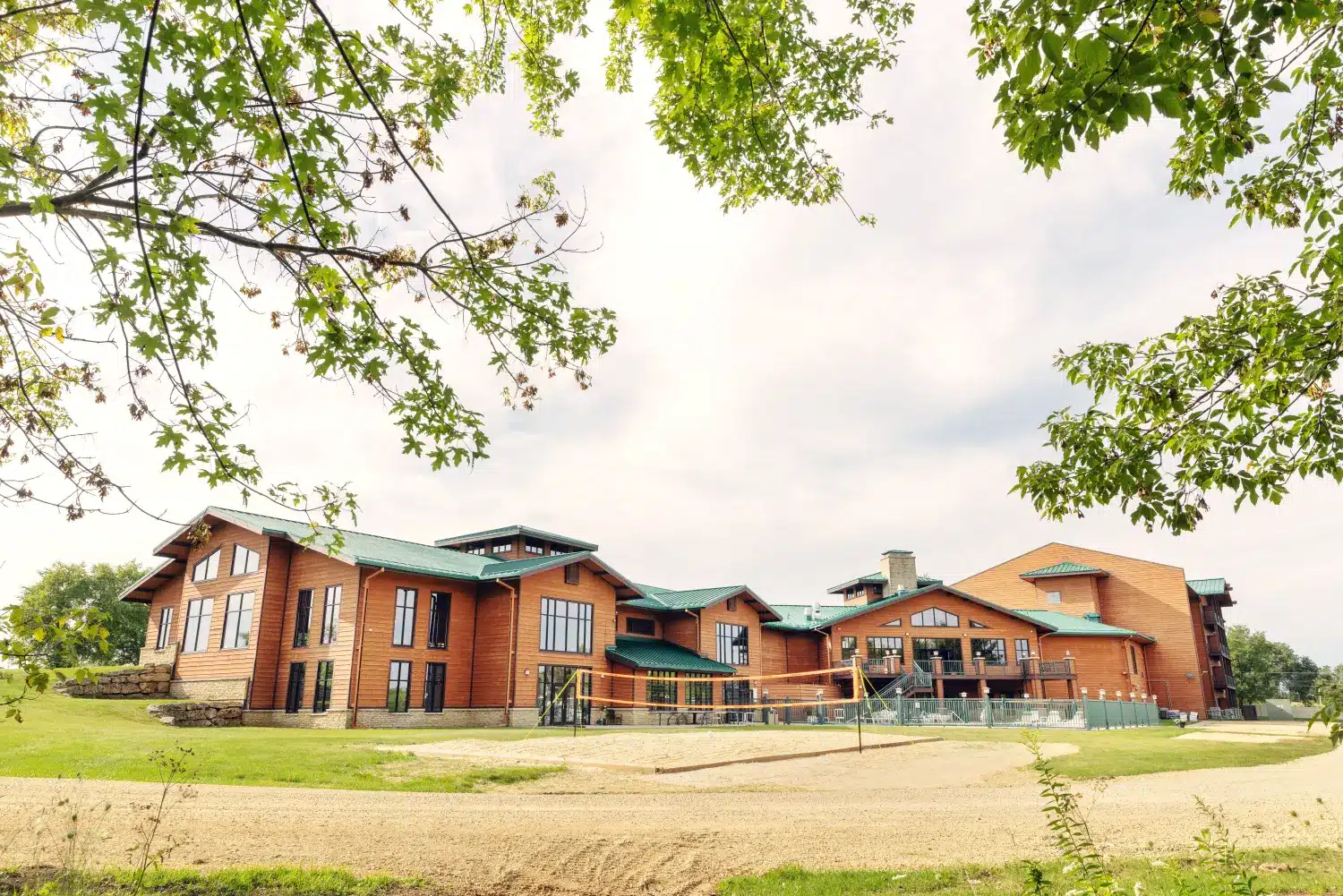Treating Addictions and Co-Occurring Disorders
Co-occurring disorders, also known as dual diagnosis, refer to a person who meets the Diagnostic and Statistical Manual of Mental Disorders criteria for at least one mental health and one substance use disorder. The disorders need to be independent of each other and can not be the result of the symptoms from a single disorder. This is difficult to treat because the symptoms of substance use disorder can look like mental health symptoms and vice versa. Also, substance use disorder can lead to mental illness and mental illness can lead to substance use disorder.
According to a study published in the Journal of Substance Use Disorder Treatment, among individuals who have a drug use disorder, rates of co-occurring mood disorder were found to be 26 percent; rates of anxiety disorders were found to be 28 percent; of psychotic thought disorder (schizophrenia) 7 percent; and of antisocial personality disorder 18 percent. Additionally, more than half of those identified in the study to have drug use disorder had one or more mental disorders. Further, of those who were in addiction treatment programs, 41 percent had mood disorders, 26 percent had an anxiety disorder, 25 percent had PTSD, 17 percent had a severe mental illness, 18 percent had an antisocial personality disorder, and 17 percent had a borderline personality disorder. Also, about 50 percent of those in outpatient substance use disorder treatment clinics had co-occurring mental health disorders. This is a large number of people who are addicted to drugs also experiencing mental health issues.
What Is Drug Addiction?
Substance use disorder addiction is a chronic disease that alters the way in which the brain functions. Addiction is characterized by drug-seeking behaviors that are compulsive and very hard to control, regardless of the negative consequences. Substance use disorder and addiction can start with the experimental use of recreational drugs, such as when around friends or family. For some people, this recreational use of the drug turns into more frequent. With opioids, drug addiction typically begins with exposure to prescribed medications. The risk of getting addicted to a drug varies from person to person. Drugs such as opioid painkillers have a greater chance of resulting in addiction than other drugs.
As the use of the drug continues, it may become difficult to stop. Trying to stop can lead to powerful cravings and feeling physically sick. A few symptoms of drug addiction are using the drug regularly, intense urges to use the drug, needing more of the drug to get the same effect, ensuring a constant supply of the drug, stealing, and failed attempts to stop use. Other addiction facts are that it can lead to issues at work or school, physical health problems, changes in behavior, financial difficulties, and neglected appearance.
What happens to the brain when a person takes drugs?
Substance use disorder facts about addiction are that upon repeated drug use, a person’s brain changes that make it hard for a person to engage in self-control and impedes their ability to resist the urge to take the drug. The most severe cases of a substance use disorder, addiction, are alterations in the brain circuits that control pleasure, learning, stress, decision making, and self-control. Every substance has a different impact on the brain. However, all addictive drugs such as opioids, cocaine, and alcohol cause the brain to be overflowed with dopamine. As dopamine in the brain increases it creates pleasurable feelings that reinforce the drug-taking behavior.
Over time, as substance use increases, the brain’s circuits adapt to having that increase of dopamine and start to scale back their sensitivity to dopamine, resulting in a reduction in the drug’s ability to create the high or euphoric effect. This is frequently known as tolerance because the brain adjusts to its new normal of having increased amounts of dopamine in it. This causes people to take the drug over and over again and use more and more of it to attain the same high they used to. Eventually leading the individual to become addicted to it. Talk to a Intake Coordinator
Take The First Step Towards Recovery
Why do some people become addicted to drugs while others don’t?
It is still unclear why some people become addicted to drugs while others do not. Addiction tends to run in families, and one particular type of gene has been known to cause different types of addiction. However, not all family members of an afflicted family are prone to addiction. It is similar to how diabetes or heart disease runs in a family. Some family members become affected by addiction, while others do not. Some biological factors that increase a person’s risk for developing an addiction are their genes, stage of development, gender, and ethnicity. Environmental factors that increase a person’s chances of addiction are growing up with an alcoholic or drug-abusing family member, being abused as a child, being exposed to high levels of stress, starting drugs or drinking alcohol at an early age, and being a teenager because the brain is not fully developed.
Can drug addiction be cured or prevented?
Similar to other types of chronic diseases like heart disease, there is a treatment to make it manageable, but there is no cure. Treatment allows people to counteract addictions’ negative impact on the brain and behavior in order to take control of their lives.
Although addiction can not be cured, it can be prevented. If a person engages in protective factors it can reduce a person’s risk of becoming addicted to drugs. A few protective factors are good self-control, parental monitoring, and support, maintaining positive relationships, good grades, following school anti-drug policies, and neighborhood resources.
There are also preventative programs that work to boost protective factors and reduce the risk for drug use. The three types of programs are universal programs, selective programs, and indicated programs.
Universal programs discuss risk and protective factors that are common to all kids in a setting such as a school or community. One example of this is Drug Abuse Resistance Education (D.A.R.E.), a comprehensive drug prevention curriculum taught throughout the United States and 50 other countries.
Selective programs are for groups of children or teens who gave specific risk factors that increase their chances of developing a drug addiction. One example of this is Athletes Training and Learning to Avoid Steroids (ATLAS). ATLAS is a preventative program targeted towards athletes.
Indicated programs are created for youth who have already started to use drugs or alcohol. One example of this is the Project Towards No Drug Abuse (Project TND). Project TND is a preventative intervention that targets high schoolers with a goal of preventing the transition from drug use to drug abuse.
What happens in addiction recovery
In addiction recovery, each treatment will be tailored to address each person’s drug use patterns and drug-related medical, mental, and social problems. A person will be given medications as well as behavioral therapy or counseling. Meditations are useful at different stages of treatment to help the person stop abusing drugs (managing withdrawal symptoms during a detox), stay in treatment (allow the brain to adapt to less and less of the drug), as well as prevent relapse.
Behavioral therapies help people who are addicted to drugs learn to alter their attitudes and behaviors related to using the drug. It teaches people how to handle stressful situations and avoid triggers. Various forms of effective behavioral therapies are cognitive behavioral therapy, contingency management, motivational enhancement therapy, twelve-step programs, and family therapy
Get help today
Addiction is a devastating disease. If you or a loved one is struggling with an addiction, finding a high-quality rehab clinic can help. Rehab clinics are equipped with the best doctors and mental health professions to provide the support needed to overcome an addiction.
References
- A tale of two systems: Co-occurring mental health and substance use disorder disorders treatment for adolescents. Annual Review of Psychology.
- Addiction Treatment Options. Sunshine Behavioral Health.
- Athletes Training and Learning to Avoid Steroids (ATLAS). Youth.gov.
- Biology of Addiction: Drugs and alcohol can hijack your brain. NIH News in Health.
- Co-occurring disorders in substance use disorder treatment: Issues and prospects. Journal of Substance Use Disorder Treatment.
- Drug addiction (substance use disorder). Mayo Clinic.
- Drugs, brains, and behavior: The science of addiction. National Institute on Drug Abuse.
- The neurobiology of substance use, misuse, and addiction. Surgeon General.
- Understanding Drug Use and Addiction. National Institute on Drug Abuse.
- Why D.A.R.E. D.A.R.E.
Medical disclaimer:
Sunshine Behavioral Health strives to help people who are facing substance abuse, addiction, mental health disorders, or a combination of these conditions. It does this by providing compassionate care and evidence-based content that addresses health, treatment, and recovery.
Licensed medical professionals review material we publish on our site. The material is not a substitute for qualified medical diagnoses, treatment, or advice. It should not be used to replace the suggestions of your personal physician or other health care professionals.







